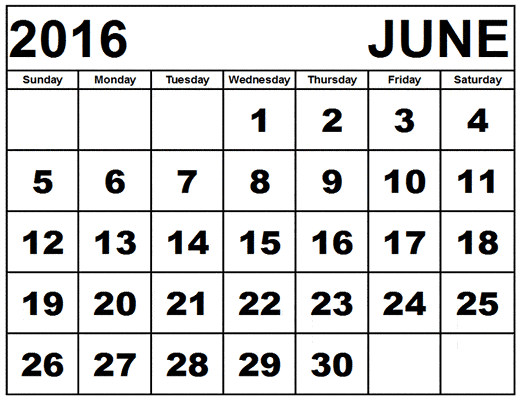
June Home Maintenance Checklist
The filter on your central cooling system should be replaced every one to three months, depending on how dirty it is, so the unit will work efficiently. You’ll want to use a high-quality air filter intended to remove microscopic particles, like mold and pollen, from the air. A high quality filter will also help reduce the degree of dust in your house and remove some of the pollutants from the air. The filter for most central air conditioners can be located behind the air return grate that’s usually mounted on a wall or perhaps the floor. However, on some AC systems, the filter is in the return air duct close to the air handler unit
To-Do #2: Clean Clothes Dryer Vent Pipe
Over time lint can build up in the vent pipe of your clothes dryer, which can make the dryer work less efficiently and may even cause a house fire.
To-Do #3: Clean Paddle Ceiling Fans
The blades and motor on paddle ceiling fans need to be cleaned regularly to eliminate any dust and dirt. To clean a paddle ceiling fan, wipe the blades with a damp cloth, paying particular attention to the top of the blades where dust accumulates. An alternative choice for quick and simple blade cleaning is to wrap a dryer sheet around a paint roller, holding it in position with rubber bands, then run the roller over the top of the blades to get rid of any dust. It’s also a great idea to use a vacuum to remove any dust or dirt from the fan motor housing.
To-Do #4: Clean Grill Grates
It’s important to clean your grill before cooking on it for the first time each year, in addition to regularly throughout the outdoor cooking season. Here are three different ways to clean the cooking grates on your grill.
Grill Grate Cleaning Options:
Grill Cleaner: Take off the grill grates, spray with liquid grill cleaner, allow the grates to soak, then clean using a wire brush.
Ammonia: Remove the grill grates, wrap them in newspaper, and place inside a plastic bag. Saturate the newspaper with household ammonia, tie the bag closed, and leave it overnight. Open the bag, take out the newspaper, and spray the grates by using a water from a garden hose. Follow by cleaning the grates in warm water with dishwashing soap.
Vinegar: Spray the grates with white vinegar, allow several minutes for the vinegar to break down the baked on grease, then rub the grates with crumpled up aluminum foil.
CAUTION: Wear rubber gloves whenever using ammonia, and avoid getting it on your skin or even in your eyes.
To-Do #5: Remove Mold and Mildew
The first step to preventing mold and mildew on the outside of your home, is to ensure that you keep all trees and shrubs pruned back away from the house.
To-Do #6: Air Conditioner Maintenance
It’s important to keep any shrubs pruned back at least 2 to 3 feet around your central air conditioner to allow the unit to perform efficiently.
Wait until the system isn’t running before pruning, and be careful not to damage the delicate aluminum fins on the outside of the unit. Pick up and dispose of any limbs or clipping when you’re finished.
Algae, mold, and mildew can build up inside your air conditioner condensation drain line, causing it to clog and water to back up inside the air handler unit.
To keep this from happening, pour a cup of bleach in the access opening in the drain line (located near the AC unit) every year to kill any algae, mold, or mildew in the pipe.
To-Do #7: Check and Adjust Lawn Sprinklers
It’s a great idea to do a little preventative maintenance and checking for leaks each and every year when using your lawn sprinkler system for the first time.
Lawn irrigation yearly maintenance:
Before switching on the water to your yard’s sprinkler or irrigation system for summer watering, make sure the ground has completely thawed to a depth of a foot or more.
Check each sprinkler head and remove any grass that has grown over it, along with obstructions or any other debris that may prevent the sprinklers from working.
Examine the control settings and switch the back up battery if needed, then turn on the system and monitor it closely as it runs through the different zones to make sure the sprinkler heads are working properly and water is being distributed where needed. After the system has run through it’s cycle and is also powered down, check the water meter to make sure there aren’t any underground leaks inside the irrigation pipes.

